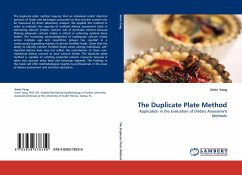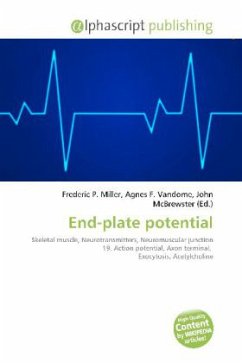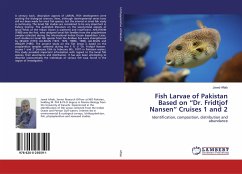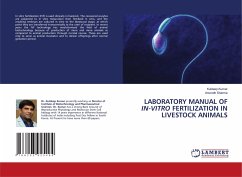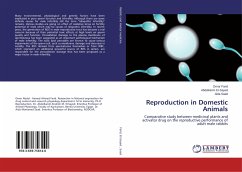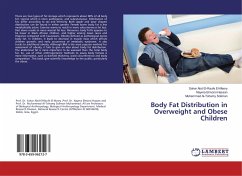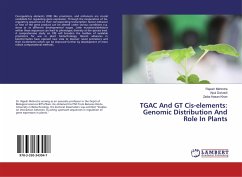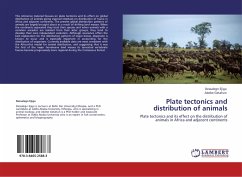
Plate tectonics and distribution of animals
Plate tectonics and its effect on the distribution of animals in Africa and adjecent continents
Versandkostenfrei!
Versandfertig in 6-10 Tagen
32,99 €
inkl. MwSt.

PAYBACK Punkte
16 °P sammeln!
This reference material focuses on plate tectonics and its effect on global distribution of animals giving especial emphasis on distribution of fauna in Africa and adjacent continents. The present global distribution patterns of animals are largely brought about as a result of shifting land masses. When the continents separated they took their species and when animals with a common ancestor are isolated from their sister groups, they tend to develop their own independent evolution. Although vicariance offers the best explanation for the distribution patterns of major biotas, dispersion is know...
This reference material focuses on plate tectonics and its effect on global distribution of animals giving especial emphasis on distribution of fauna in Africa and adjacent continents. The present global distribution patterns of animals are largely brought about as a result of shifting land masses. When the continents separated they took their species and when animals with a common ancestor are isolated from their sister groups, they tend to develop their own independent evolution. Although vicariance offers the best explanation for the distribution patterns of major biotas, dispersion is known to occur and is especially important in accounting for the distribution of organisms. Currently available data are most consistent with the Africa-first model for animal distribution, and suggesting that it was the first of the major Gondwana land masses its terrestrial vertebrate faunas became progressively more regional during the Cretaceous Period.



